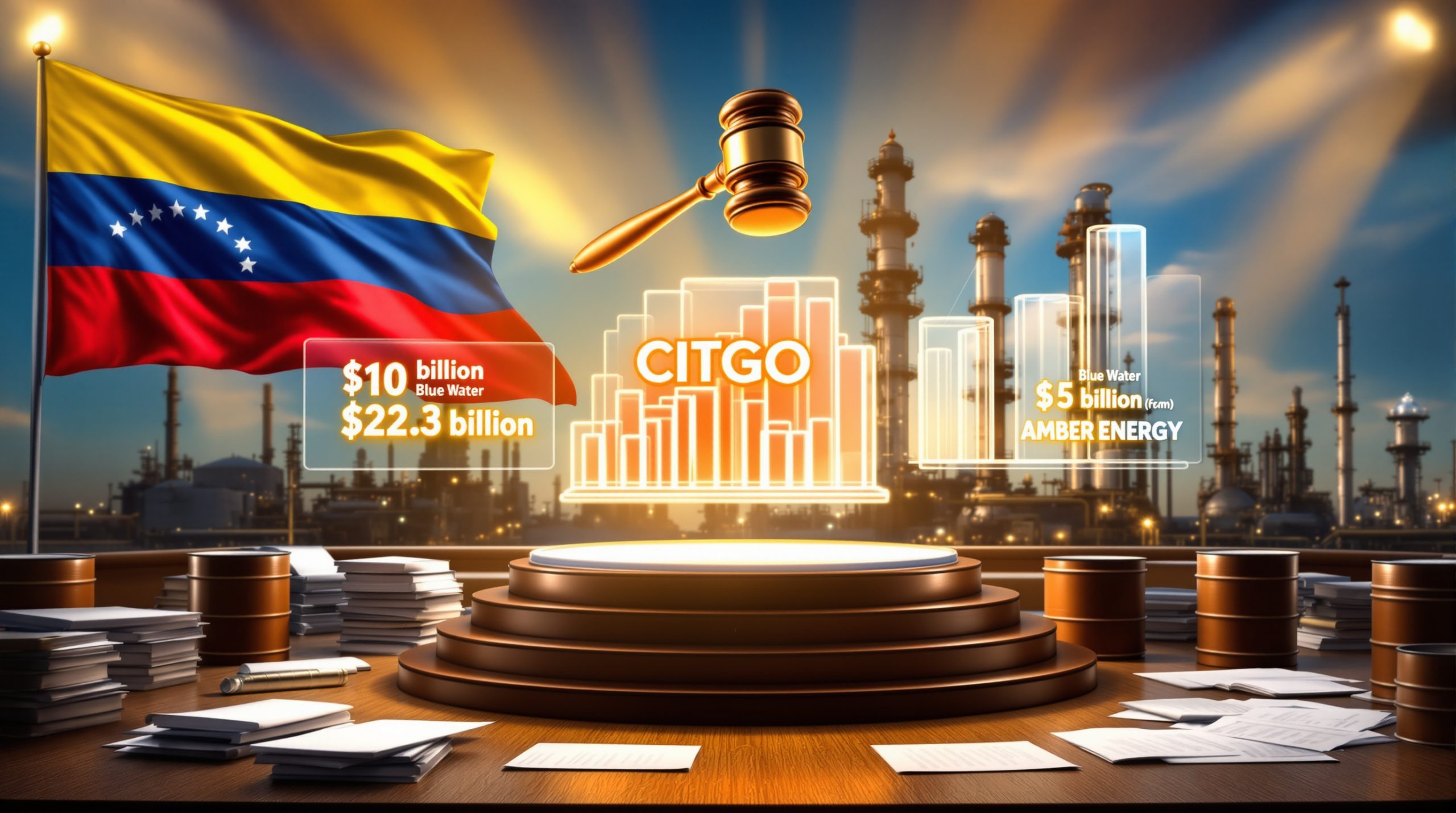How Will the New China-Russia Gas Pipeline Impact Global Energy Markets?
The developing gas pipeline partnership between China and Russia represents a significant shift in global energy dynamics, with potential to reshape LNG markets worldwide. This strategic energy corridor could displace approximately one-third of China's LNG imports, creating ripple effects across global supply chains and trade relationships. Recent natural gas price trends suggest markets are already anticipating this structural change.
The Scale of Displacement: Understanding the Numbers
The planned pipeline infrastructure, particularly the Power of Siberia 2 project, is expected to deliver approximately 50 billion cubic meters (bcm) of natural gas annually from Russia to China. This massive volume represents roughly one-third of China's current LNG import requirements, effectively reducing China's dependence on seaborne LNG shipments from traditional suppliers like Australia, Qatar, and the United States.
| Pipeline Project | Capacity (bcm/year) | Equivalent LNG Displacement (mtpa) | Status |
|---|---|---|---|
| Power of Siberia 1 | 38 (current) | ~28 million tonnes | Operational |
| Power of Siberia 2 | ~50 (planned) | ~37 million tonnes | Under negotiation |
| Total Potential | ~94 (with expansions) | ~69 million tonnes | Partial operation |
What Makes the Power of Siberia 2 Pipeline Strategically Important?
The Power of Siberia 2 represents more than just additional gas infrastructure—it symbolizes a fundamental realignment of energy relationships in response to geopolitical pressures. The implications for energy transition and security are significant, potentially reshaping investment priorities across the sector.
The Mongolia Connection: A New Energy Corridor
Unlike the original Power of Siberia pipeline, the second major pipeline will traverse Mongolia, creating a new energy corridor that connects Russian gas fields to Chinese industrial centers. This route offers both technical and strategic advantages:
- Shorter distance to major Chinese consumption centers
- Creation of a transit relationship with Mongolia
- Diversification of supply routes for enhanced energy security
- Potential for expanded regional energy integration
Russia's Strategic Pivot Away from European Markets
For Russia, this pipeline represents a critical strategic pivot in response to deteriorating relationships with European customers:
- European gas exports have declined significantly amid sanctions and policy shifts
- China offers a massive, growing market to replace lost European demand
- Long-term contracts provide revenue stability despite initial investment costs
- Strengthens Russia's position as a major energy supplier despite Western isolation
How Will This Pipeline Reshape Global LNG Trade Patterns?
The displacement of approximately one-third of China's LNG imports will trigger significant adjustments in global LNG markets, affecting prices, investment decisions, and trade relationships. The ongoing US–China trade war impact further complicates these dynamics, introducing additional uncertainty.
Potential Market Impacts
- Redirection of LNG Supplies: Cargoes previously destined for China may seek alternative markets in South and Southeast Asia
- Downward Price Pressure: Increased competition among LNG suppliers for remaining market share
- Investment Uncertainty: Potential delays or cancellations of new LNG export facilities
- Shifting Trade Relationships: Traditional LNG exporters may need to develop new customer relationships
Competitive Dynamics Among Major LNG Exporters
The pipeline's development creates winners and losers among major LNG exporters:
| LNG Exporter | Current China Market Share | Vulnerability to Displacement |
|---|---|---|
| Australia | ~40% | High – long shipping distance, political tensions |
| Qatar | ~15% | Medium – competitive pricing, long-term contracts |
| United States | ~10% | High – higher cost structure, geopolitical factors |
| Malaysia | ~8% | Medium – proximity advantage but limited expansion |
What Commercial Challenges Remain for the Pipeline Project?
Despite the strategic logic, significant commercial hurdles must be overcome before the pipeline becomes reality. Fluctuating market conditions and OPEC production impact on broader energy markets further complicate negotiations.
The Price Negotiation Dilemma
China holds considerable leverage in price negotiations, potentially seeking rates close to Russia's domestic prices rather than international LNG benchmarks. Key negotiation points include:
- Base price formula (oil-indexed vs. hub-based)
- "Take-or-pay" commitment levels
- Currency denomination (rubles, yuan, or basket)
- Flexibility provisions for seasonal demand variations
Financing Challenges in a Sanctions Environment
Western sanctions have complicated financing for major Russian infrastructure projects:
- Limited access to international capital markets
- Increased reliance on Chinese financing and technology
- Higher costs for alternative financing arrangements
- Extended timeline for project development
How Does China's Evolving Gas Demand Affect the Pipeline's Impact?
The actual displacement effect depends heavily on China's future gas demand trajectory, which has shown signs of moderation in recent years.
Factors Influencing China's Future Gas Demand
- Economic Growth Rate: Slower GDP growth reduces energy demand growth
- Coal-to-Gas Switching: Environmental policies accelerating or slowing conversion
- Renewable Energy Expansion: Competition from rapidly growing wind and solar capacity
- Industrial Policy: Manufacturing focus and energy intensity of growth
- Residential Connections: Rate of new household gas connections in urban areas
The Flexibility Trade-Off: Pipeline Gas vs. LNG
Pipeline gas offers price advantages but sacrifices the flexibility of LNG:
- Long-term take-or-pay commitments vs. spot market optionality
- Fixed delivery points vs. destination flexibility
- Steady supply patterns vs. seasonal purchasing strategies
- Infrastructure lock-in vs. diversification options
What Progress Has Been Made on Existing Pipeline Infrastructure?
The original Power of Siberia pipeline has demonstrated the viability of Russia-China gas trade, with volumes steadily increasing toward design capacity. According to analyses from the Atlantic Council, the pipeline infrastructure remains vital despite concerns about sanctions evasion in the LNG sector.
Current Operations and Performance
- The initial segments of Power of Siberia 1 are operating near design capacity
- Ramping schedule has proceeded largely according to plan
- Technical performance has met expectations despite challenging conditions
- Commercial arrangements have functioned effectively despite external pressures
How Might Geopolitical Factors Influence the Pipeline's Development?
The pipeline project exists within a complex geopolitical context that could either accelerate or hinder its development. For Australia, this presents significant energy export challenges as traditional markets evolve.
Geopolitical Accelerators
- Western sanctions pushing Russia toward deeper China partnership
- China's desire for energy security amid maritime tensions
- Shared interest in reducing dollar dependency in energy trade
- Mutual benefits from strengthening bilateral economic ties
Geopolitical Constraints
- China's caution about excessive dependency on Russian energy
- Russia's concerns about price leverage in a single-buyer relationship
- Western pressure on Mongolia regarding transit arrangements
- Competing priorities for capital investment in both countries
What Are the Implications for Global Energy Transition?
The pipeline's development has significant implications for global decarbonization efforts and energy transition strategies. Research from Columbia University's Center on Global Energy Policy highlights how this infrastructure project will reshape global gas markets for decades.
Climate Considerations
- Natural gas as a lower-carbon alternative to coal in China's energy mix
- Lock-in of fossil fuel infrastructure for decades-long timeframes
- Potential methane leakage concerns along the pipeline route
- Competition with renewable energy investments in both countries
Energy Security Dimensions
- Reduced vulnerability to maritime chokepoint disruptions
- Decreased flexibility compared to diversified LNG portfolio
- Regional integration creating new interdependencies
- Shifting balance between pipeline and LNG in global gas trade
FAQ: China-Russia Pipeline and LNG Market Impacts
Will the pipeline completely eliminate China's need for LNG imports?
No, even with full implementation of both Power of Siberia pipelines, China would still require significant LNG imports to meet total gas demand, especially during peak winter periods when pipeline capacity may be insufficient to cover demand spikes.
How quickly could the pipeline displacement effect impact global LNG markets?
The displacement effect would be gradual, following the construction and commissioning timeline of the pipeline. Full impact would likely not be felt until at least 2030, assuming agreements are finalized soon and construction proceeds without major delays.
Could other Asian markets absorb the displaced LNG volumes?
Emerging Asian markets like Vietnam, Thailand, and the Philippines are expanding their LNG import capacity, but their combined growth is unlikely to fully offset reduced Chinese imports in the near term, creating competitive pressure among suppliers.
How might traditional LNG exporters respond to this threat?
LNG exporters may pursue several strategies, including:
- Offering more flexible contract terms
- Developing integrated downstream projects in China
- Focusing on emerging markets with growing demand
- Emphasizing the flexibility advantages of LNG over pipeline gas
What impact might this have on global LNG prices?
The displacement of significant Chinese LNG demand could create downward pressure on spot LNG prices, particularly in Asia, as suppliers compete for remaining market share. However, the effect would be moderated by overall global demand growth and potential supply constraints.
Conclusion: A Transformative Force in Global Gas Markets
The China-Russia pipeline LNG displacement represents a potentially transformative development in global gas markets, with implications extending far beyond the bilateral relationship. By displacing approximately one-third of China's LNG imports, this infrastructure project could reshape trade patterns, influence investment decisions, and alter competitive dynamics among major gas exporters.
The ultimate impact will depend on numerous factors, including:
- Final commercial terms of the pipeline agreement
- China's gas demand growth trajectory
- Development timelines for pipeline construction
- Competitive response from LNG exporters
- Broader geopolitical developments
What remains clear is that this pipeline project represents a significant strategic shift that will require adaptation from all participants in global gas markets, from producers and traders to consumers and policymakers.
Further Reading: Contextualizing Pipeline Infrastructure Projects
While the China-Russia pipeline project focuses on natural gas trade between these two major powers, it's worth noting that pipeline infrastructure projects worldwide often have broader geopolitical implications beyond bilateral trade relationships. Recent developments like the Armenia-Azerbaijan transit corridor discussions demonstrate how energy and transportation routes can become central to regional diplomacy and economic integration efforts.
Ready to Stay Ahead of Global Energy Market Shifts?
Discover how these changing dynamics could impact investment opportunities by visiting Discovery Alert's dedicated discoveries page, where our proprietary Discovery IQ model provides real-time alerts on significant ASX mineral and energy opportunities that could emerge from these global market shifts.




